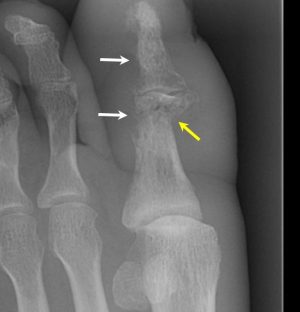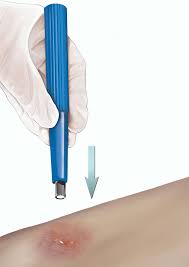
Bone infection in the foot, also known as osteomyelitis, is a serious condition that can occur when bacteria or fungi enter the bone tissue. It can be caused by a variety of factors, including a foot injury, surgery, or a preexisting medical condition that affects the immune system.
Symptoms of bone infection in the foot may include:
- Pain and tenderness in the affected area
- Swelling and redness around the affected area
- Fever and chills
- Fatigue and malaise
- Drainage from the affected area
If you suspect that you may have a bone infection in your foot, it’s important to seek medical attention right away. Treatment typically involves antibiotics to kill the bacteria or fungi causing the infection, and in some cases, surgery may be necessary to remove infected tissue or drain abscesses.
In addition to medical treatment, there are several things you can do to help prevent bone infections in the foot, such as:
- Practice good foot hygiene, including washing your feet regularly and keeping them dry.
- Wear shoes that fit properly and provide adequate support and protection.
- Protect your feet from injuries, such as cuts or puncture wounds, by wearing protective footwear or taking other precautions.
- Avoid smoking and excessive alcohol consumption, as these can weaken the immune system and increase the risk of infection.
If you have a preexisting medical condition that affects your immune system, such as diabetes or HIV/AIDS, it’s important to work with your healthcare professional to manage your condition and reduce your risk of developing a bone infection.



